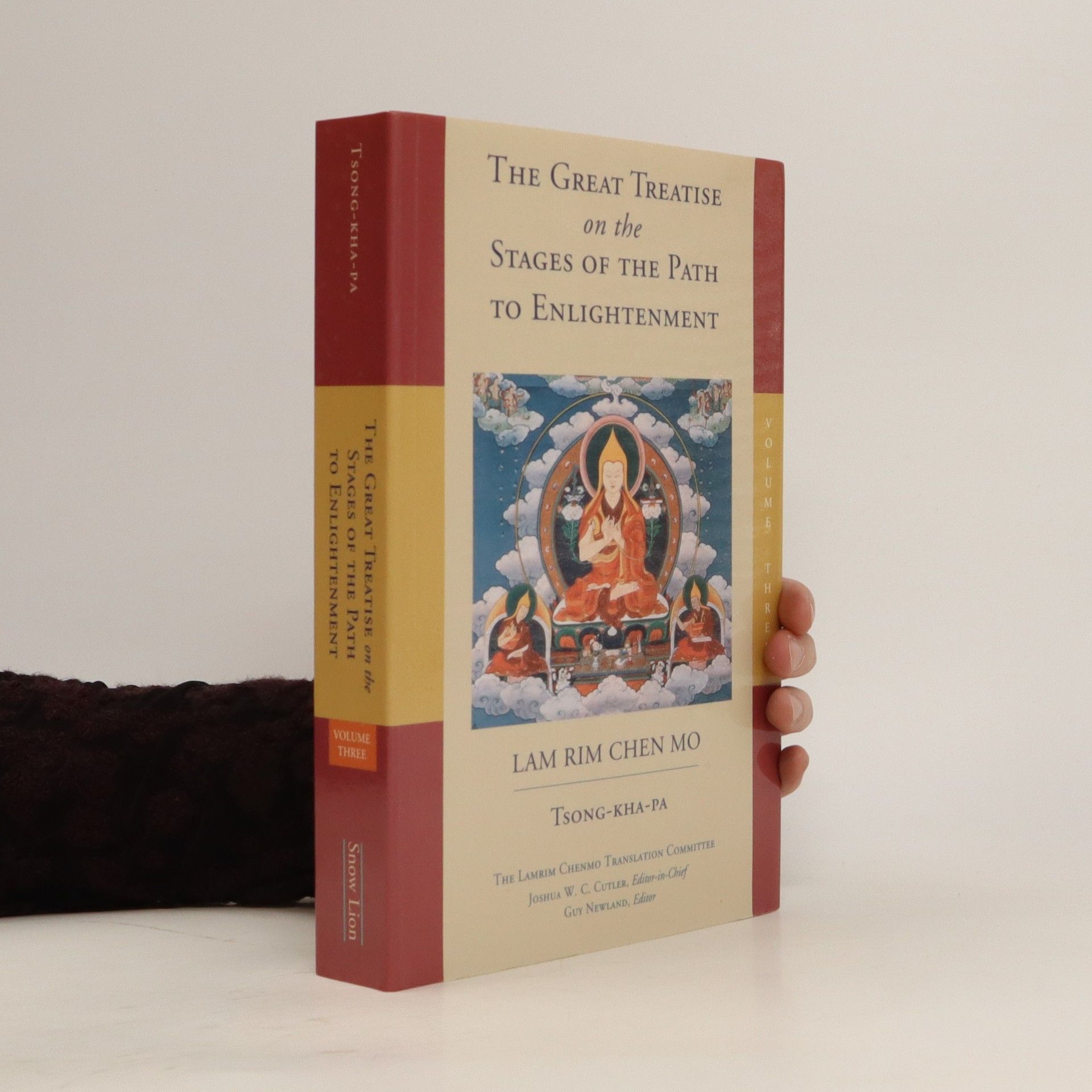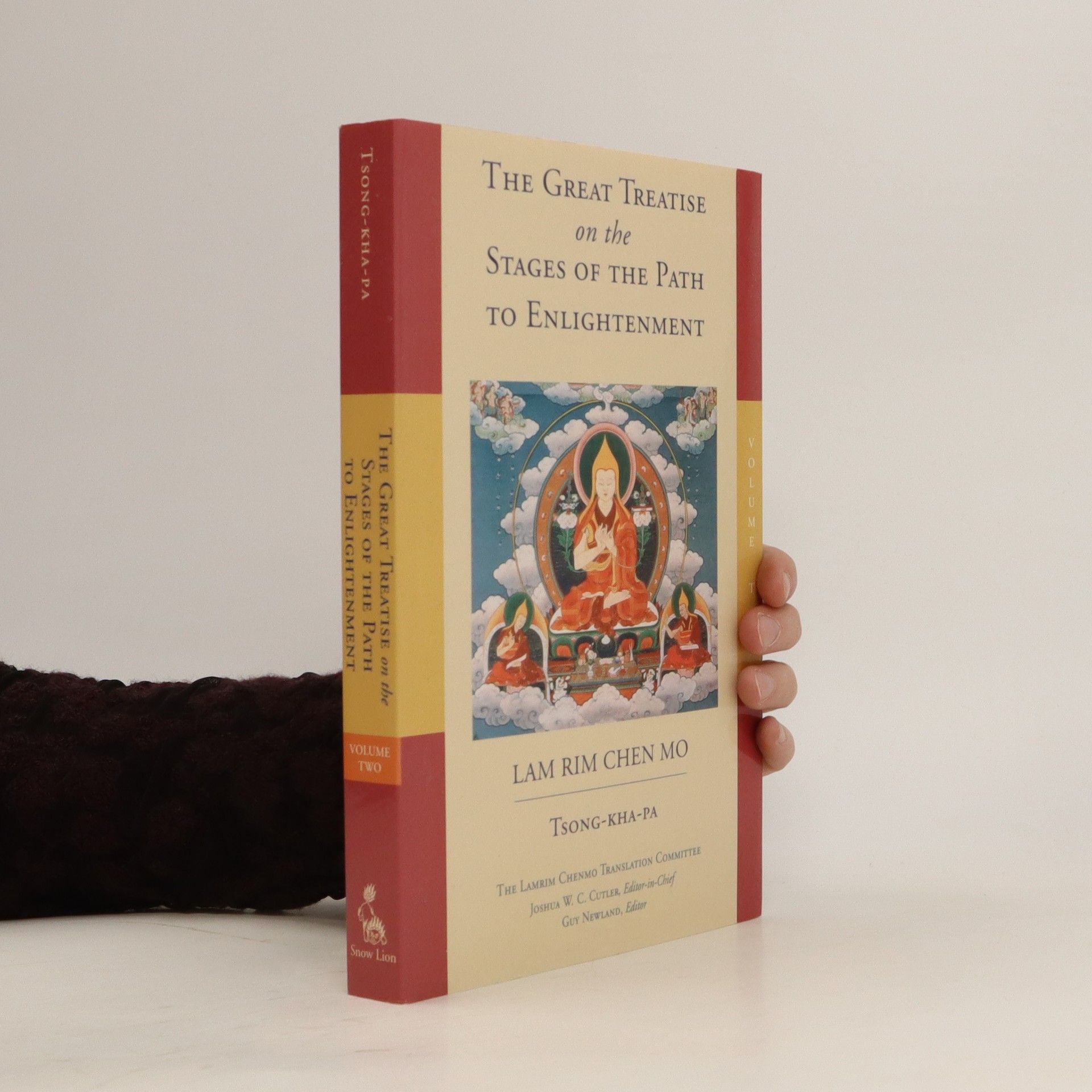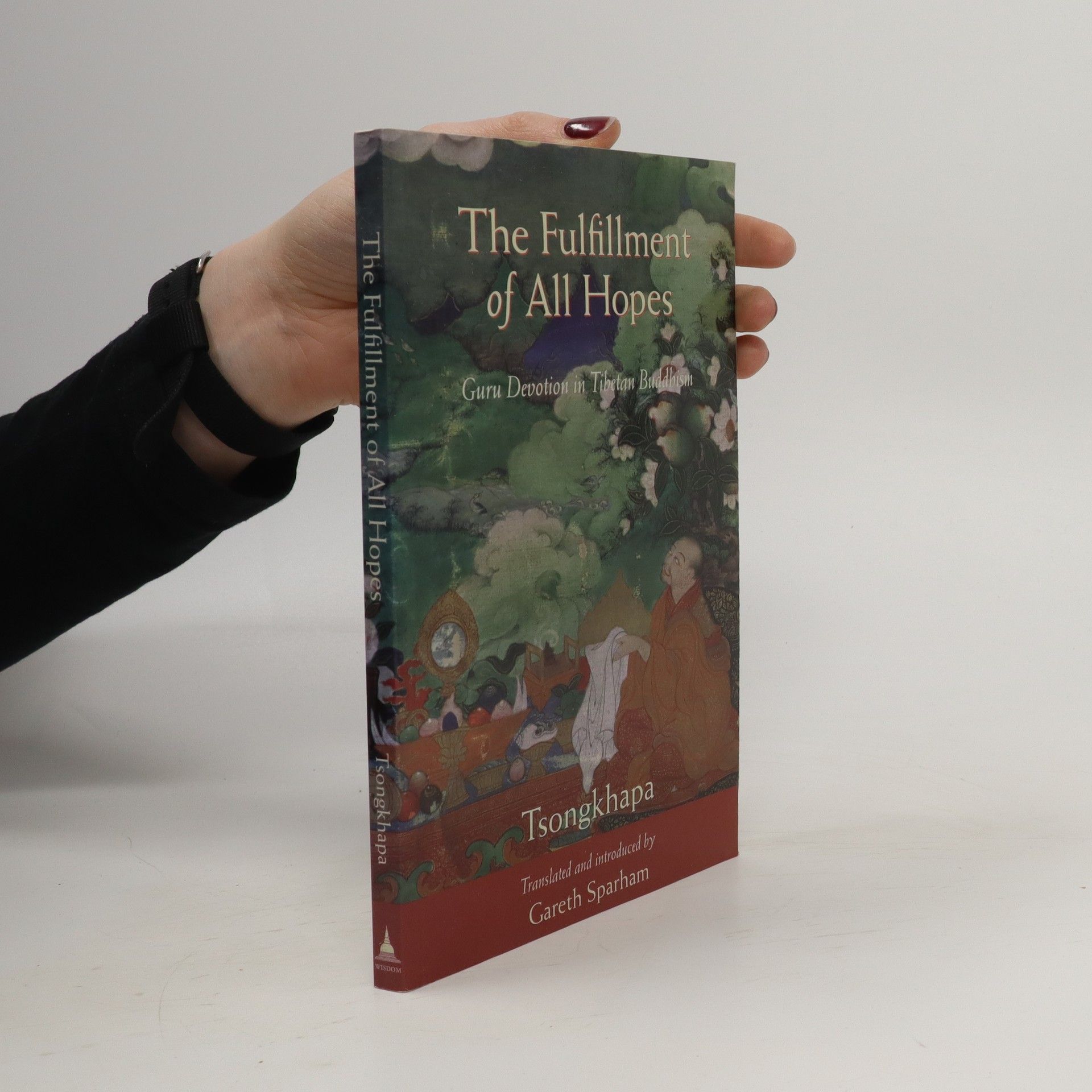The Fulfillment of All Hopes: Guru Devotion in Tibetan Buddhism
- 160 stránek
- 6 hodin čtení
Why is it important to have a spiritual teacher? How does on enter into such a relationship intelligently?Devoting oneself to a spiritual teacher is a practice much misunderstood in the West, yet fundamental to the tantric Buddhism of Tibet. The Fulfillment of All Hopes is an explanation of this core practice by Tsongkhapa, one of Tibet's most revered scholar-practitioners.Presented here is a complete translation of Tsongkhapa's commentary on the well-known Fifty Stanzas on the Guru accompanied by the original Tibetan text.



